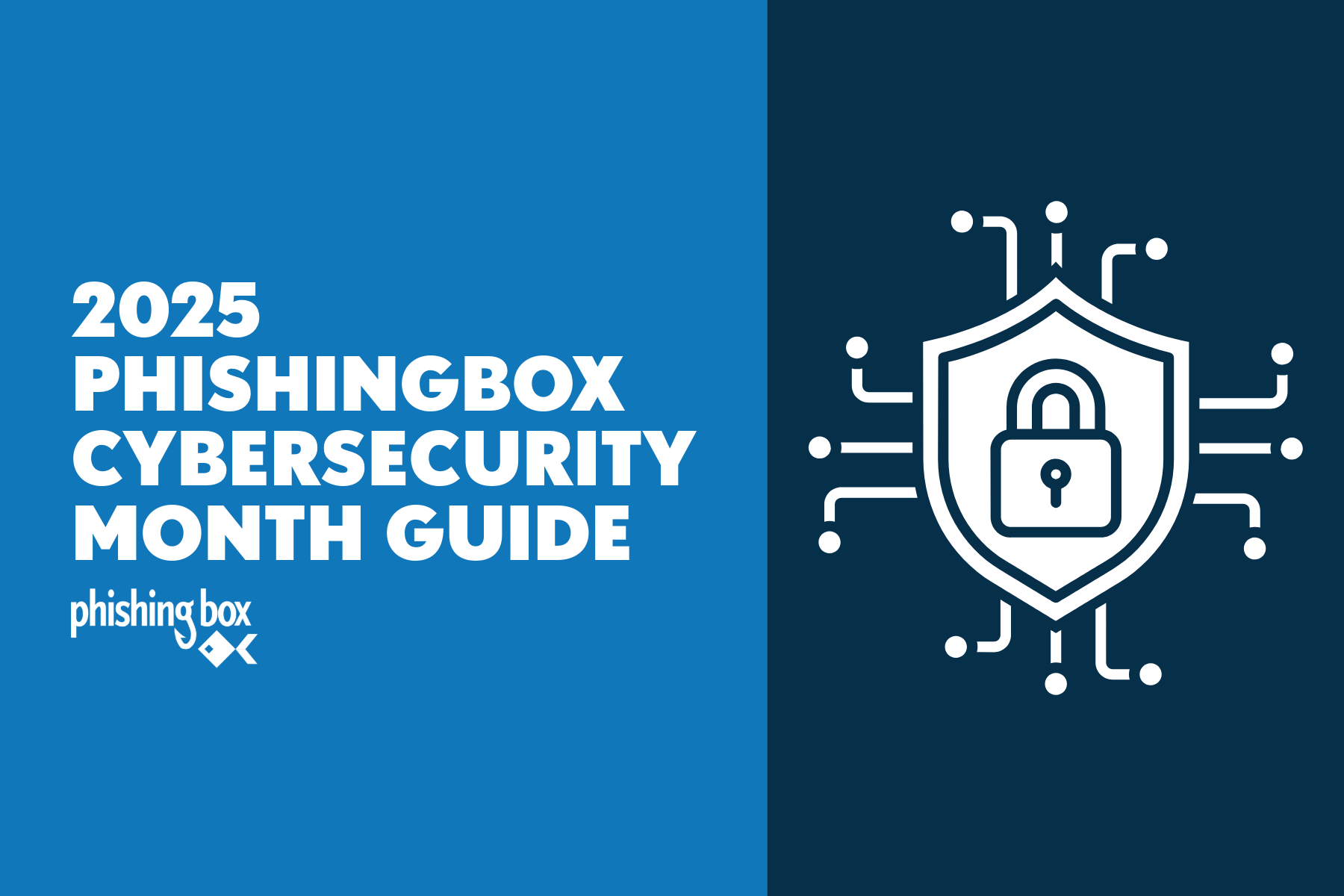1. Threat Detection and Prevention
- AI-driven threat detection systems analyze vast amounts of data. By learning from historical data, these systems can recognize deviations from the norm, whether it’s an unusual network behavior or a suspicious login attempt.
- Behavioral analytics powered by AI can detect subtle signs of compromise, even before traditional rule-based systems raise an alarm.
- Real-time monitoring using AI algorithms ensures rapid response to emerging, evolving threats.
2. Anomaly Detection
- Human risk management involves understanding normal behavior and identifying deviations. AI can excel at both.
- Unsupervised machine learning models can detect anomalies in user activity, network traffic, or system logs.
- For example, if an employee suddenly accesses sensitive files at odd hours or from an unusual location, AI can flag it as an anomaly and respond accordingly.
3. Predictive Analysis
- Predictive models based on AI algorithms can forecast potential risks.
- By analyzing data, AI can predict the likelihood of a security incident or a breach, thus allowing for better overall mitigation.
- Organizations can proactively allocate resources to address high-risk areas using predictive analysis tools and systems.
4. Malware Detection and Analysis
- AI-powered antivirus solutions go beyond signature-based detection.
- They analyze file behavior, heuristics, and even secure sandbox execution to identify previously unseen risks and exposure.
- Deep learning models can recognize malicious patterns in real time and, when combined with the right response tools, mitigate threats efficiently.
5. Fraud Prevention
- Financial institutions use AI to detect fraudulent transactions.
- By analyzing transaction history, location, and behavioral patterns, AI can identify suspicious account activity.
- Machine learning models adapt to new fraud techniques, staying ahead of criminals.
6. User Behavior Analytics
- Insider threats are a significant concern for all organizations. AI can monitor user behavior to detect strange changes and isolate users accordingly.
- If an employee suddenly accesses sensitive data or exhibits unusual behavior, AI can raise alerts and even shut down access.
- Contextual analysis considers factors like role, access permissions, and historical behavior.
7. Security Automation and Response
- AI-driven automation streamlines incident response and decreases time to first response.
- When a threat is detected, AI can trigger predefined actions, such as isolating affected systems or blocking malicious IPs.
- This reduces the burden on human analysts and accelerates incident resolution.
8. Phishing Detection and Email Security
- Phishing attacks target human vulnerabilities. AI can help mitigate these attacks before they even take place.
- Natural language processing (NLP) models analyze email content for suspicious links, attachments, or impersonation attempts and neutralize on inspection.
- Behavioral cues can flag emails deviating from the user’s typical communication patterns.
Conclusion
AI acts as a force multiplier. By amplifying human risk management efforts, AI enables faster threat detection, proactive risk mitigation, and more effective incident response. As organizations embrace AI, they empower security teams to stay ahead of cybercriminals and protect critical assets.
While AI enhances proactive defensive capabilities, it’s essential to maintain a balance between automation and human expertise. The synergy of both ensures robust cybersecurity measures.
Stay vigilant, stay informed, and let AI be your ally in the fight against cyber threats!


